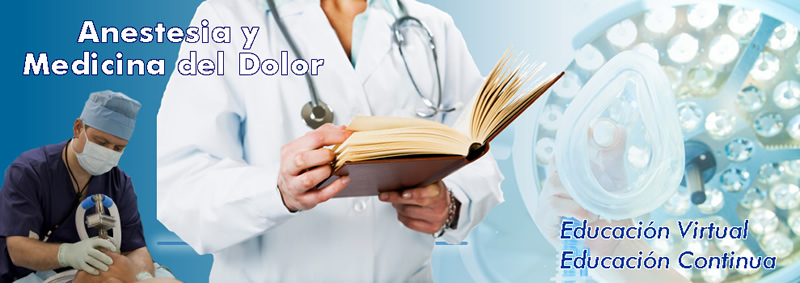|
Cuidado y cuidado domiciliario
Caregiving and Home Care
Edited by Mukadder Mollaoglu, ISBN 978-953-51-3779-5, Print ISBN 978-953-51-3778-8, 238 pages, Publisher: InTech, Chapters published February 14, 2018 under CC BY 3.0 license
DOI: 10.5772/66261
Edited Volume
The management of chronic diseases is one of the tasks of all members of the health team, and different models need to be applied in the practice of chronic care management. One of these models is home care services. There are two main sections in this book. In the first part of the section, the concept of caregiving and care at home is explained. In the second part, the responsibilities of caregivers at home and the responsibilities of caregivers of people who have health problems that occur during different periods of life are discussed. In the second section, the problems of caregivers are also included. I would like to think that what is quoted in this book, which contains examples from different cultures of the world for home care approaches, will contribute to the development of home care services. This book is presented to all health professionals working in the field of health services as well as health politics professionals and students trained in these areas.
|
Cuidados paliativos en el hospital: ¿Deberíamos reconsiderar qué función deberían tener los hospitales en pacientes con enfermedad en etapa terminal o cáncer avanzado?
In-Hospital Palliative Care: Should We Need to Reconsider What Role Hospitals Should Have in Patients with End-Stage Disease or Advanced Cancer?
J Clin Med. 2018 Jan 30;7(2). pii: E18. doi: 10.3390/jcm7020018.
Abstract
Traditionally, palliative care (PC) systems focused on the needs of advanced cancer patients, but most patients needing PC have end-stage organ diseases. Similarly, PC models focus on the needs of patients in hospices or at home; however, in most cases PC is provided in acute hospitals. Indeed, the symptom burden that these patients experience in the last year of life frequently forces them to seek care in emergency departments. The majority of them are admitted to the hospital and many die. This issue poses important concerns. Despite the efforts of attending healthcare professionals, in-hospital patients do not receive optimal care near the end-of-life. Also, evidence is emerging that delay in identifying patients needing PC have a detrimental impact on their quality of life (QoL). Therefore, there is an urgent need to identify, early and properly, these patients among those hospitalized. Several trials reported the efficacy of PC in improving the QoL in these patients. Each hospital should ensure that a multidisciplinary PC team is available to support attending physicians to achieve the best QoL for both PC patients and their families. This review discusses the role and the impact of in-hospital PC in patients with end-stage disease or advanced cancer.
KEYWORDS: acute palliative care unit; cost savings; end-of-life; palliative care team; quality of life; seriously ill patients; symptom relief
|
Traducción de un modelo de cuidados paliativos precoces de EE. UU. Para Turquía y Singapur.
Translating a US Early Palliative Care Model for Turkey and Singapore.
Abstract
The field of palliative care is growing in acceptance and sophistication globally. No longer considered just for patients at end-of-life, palliative care is now being incorporated early in the disease trajectory. Despite professional guidelines supporting early palliative care, there are few models that have been created that can be translated into practice cross-culturally. In the United States, the Educate, Nurture, Advise, Before, Life Ends (ENABLE) early palliative care telehealth model has demonstrated effectiveness in improving quality of life, mood, symptom relief, and survival for patients with cancer and is now being tested in patients with heart failure. Family caregivers of patients who have received ENABLE concurrent with their care recipients have also demonstrated positive outcomes in quality of life and caregiver burden. Internationally, a number of investigators are culturally adapting ENABLE for patients and family caregivers. While some elements of ENABLE, such as symptom management and self-care, and the caregiving role are relevant cross-culturally, others have been built on Western principles of self-determination or represent concepts such as advance care planning which will require more cultural adaptation. In addition, ENABLE was initially an in-person approach that was converted to telehealth to accommodate a rural population-it will be important to understand cultural norms related to receiving care by phone or if an in-person approach will be more culturally acceptable. This paper describes efforts in Turkey and Singapore to culturally adapt the ENABLE early palliative care principles for their countries.
KEYWORDS: Advise; Before Life Ends; Educate; Nurture; oncology patients; palliative care
|
Hospicio y cuidados paliativos en China: desarrollo y desafíos.
Hospice and Palliative Care in China: Development and Challenges.
Abstract
Hospice and palliative care have been demonstrated to improve quality of life, shorten hospital stays, and save costs. As a developing country, faced with a rapidly aging population and an increasing number of patients with life-threatening illnesses such as cancer, China has made great progress in promoting hospice and palliative care during the past few decades. A trained nurse can play a significant role in promoting quality hospice and palliative care by providing care, coordinating a multidisciplinary team, calling for policy support, and raising public awareness. It is critical for nurses to clearly understand the development and challenges that currently exist in the country. With this awareness, nurses will improve their ability to recognize and address patients' and families' needs, resulting in quality, dignified, and individualized end-of-life care.
KEYWORDS: Challenge; China; development; hospice and palliative care; nurses
|
 |
Safe Anaesthesia Worldwide
Delivering safe anaesthesia to the world's poorest people
|
|
|
|  |
|







